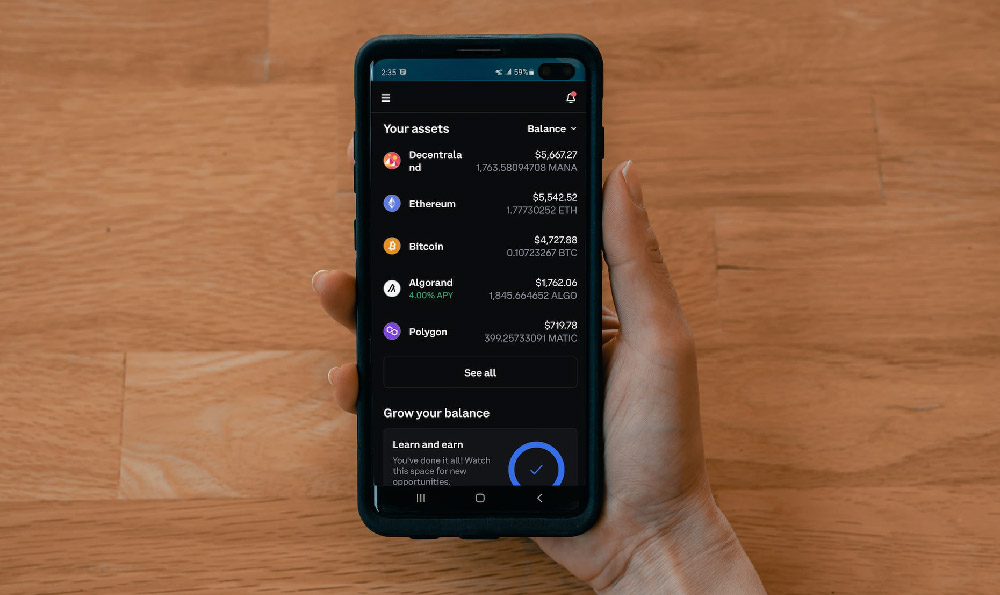How Much Do Graphic Artists Earn: What's the Average Salary & Potential Income?

The allure of a career as a graphic artist often stems from a blend of creative passion and the desire for financial stability. While the artistic satisfaction can be immense, understanding the potential income is crucial for anyone considering this path. Determining the average salary for graphic artists isn't a straightforward task, as it’s influenced by a multitude of factors ranging from experience and location to specialization and employer type. Let's delve into the income landscape for graphic artists to provide a clearer picture of the earning potential.
Several sources offer insights into the average salary. These sources, including the Bureau of Labor Statistics (BLS), Glassdoor, Salary.com, and Payscale, all provide different figures due to varying methodologies and data collection points. The BLS, often considered a reliable source, provides national averages, while other platforms rely on user-submitted data and employer reports. Generally, the reported average salary for graphic designers in the United States hovers somewhere between $50,000 and $65,000 per year. However, it's imperative to understand that this is just a median point, and the actual earning potential can vary significantly.
One of the most significant factors influencing a graphic artist's salary is experience. Entry-level positions, naturally, command lower salaries. A fresh graduate with limited practical experience can expect to earn in the lower range, perhaps starting around $35,000 to $45,000 annually. As graphic artists accumulate experience and build a strong portfolio, their earning potential rises considerably. Mid-career professionals with 5-10 years of experience can potentially earn $60,000 to $80,000 or more. Senior-level graphic designers, especially those in leadership roles or with specialized skills, can command salaries exceeding $90,000 or even $100,000 per year. The key is to consistently refine skills, seek opportunities for professional development, and build a compelling portfolio that showcases expertise.

Location also plays a crucial role in determining salary. Cities with a higher cost of living and a greater concentration of design-related industries tend to offer higher salaries. For instance, graphic artists working in major metropolitan areas like New York City, San Francisco, Los Angeles, or Chicago are likely to earn more than those in smaller towns or rural areas. The demand for skilled designers in these hubs is typically higher, driving up salaries. Researching the average salary for graphic designers in specific geographic locations is crucial for accurate expectations.
The type of employer also significantly impacts income. Graphic artists can find employment in a variety of settings, including advertising agencies, marketing firms, publishing houses, corporate in-house design departments, freelance work, and even government agencies. Large advertising agencies and marketing firms often offer competitive salaries and benefits packages, particularly for experienced professionals working on high-profile projects. Corporate in-house design departments, especially those in larger companies, can also provide stable employment and competitive compensation. Freelance graphic artists, while potentially having greater flexibility and autonomy, often face income volatility and must manage their own business expenses, including marketing and insurance. However, successful freelancers with a strong client base can potentially earn more than their employed counterparts, as they have the ability to set their own rates and choose projects that align with their skills and earning goals.
Specialization within the field of graphic design can also influence income. Certain specializations are in higher demand than others, commanding higher salaries. For instance, UX/UI designers, who focus on the user experience and interface design for websites and mobile applications, are currently in high demand due to the increasing importance of digital experiences. Graphic artists specializing in motion graphics, animation, or 3D design may also earn more due to the technical skills required and the growing demand for visually engaging content in various industries. Developing expertise in a niche area can significantly enhance earning potential.
Beyond the base salary, other factors can contribute to a graphic artist's overall compensation. These include bonuses, benefits packages, and opportunities for advancement. Many employers offer performance-based bonuses to reward employees for exceeding expectations or contributing to the company's success. Benefits packages can include health insurance, dental insurance, vision insurance, paid time off, and retirement savings plans, all of which can significantly contribute to the overall value of the compensation package. Opportunities for advancement, such as moving into a senior design role or a leadership position, can also lead to higher salaries and increased responsibilities.
Finally, the skills a graphic artist possesses also determines the potential income. Being proficient in industry-standard software such as Adobe Photoshop, Illustrator, and InDesign is essential. Beyond technical proficiency, strong communication skills, the ability to collaborate effectively, and a keen understanding of design principles are also highly valued by employers. Continuously learning new skills and staying abreast of the latest design trends is crucial for career advancement and increased earning potential.
In conclusion, the income of a graphic artist is a complex equation influenced by experience, location, employer, specialization, and skills. While the average salary provides a general benchmark, it's crucial to consider these individual factors to accurately assess the earning potential of this creative profession. By focusing on skill development, building a strong portfolio, and strategically choosing employment opportunities, graphic artists can maximize their earning potential and build successful and financially rewarding careers.















